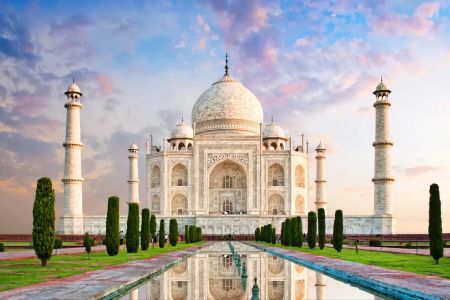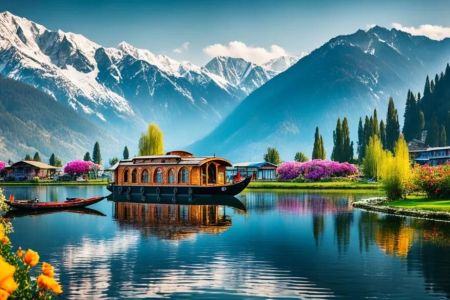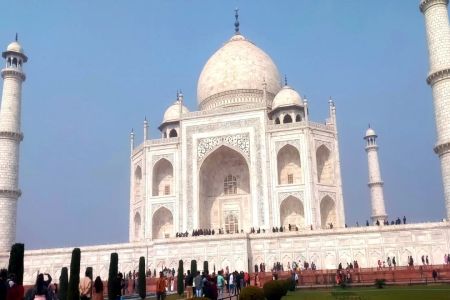How to Explore the History of Delhi – A Journey Through Time
1. Delhi's Historical Attractions: A Deep Dive into the Past
Delhi, the capital city of India, is a fascinating blend of old-world charm and modernity. For those looking to explore the rich history of the city, there are plenty of historical attractions that capture the essence of its diverse past. The city has witnessed the rise and fall of many empires, each leaving behind a piece of its legacy in the form of grand structures, temples, and monuments.
Among the must-see historical attractions are the Red Fort, Qutub Minar, and India Gate. These iconic landmarks not only represent Delhi’s regal past but also tell stories of the cultural and political shifts that shaped the nation. Exploring these sites will allow visitors to understand the significance of each monument in the broader context of India’s history.
2. Exploring Delhi's Ancient Monuments
When delving deeper into the history of Delhi, a visit to its ancient monuments is essential. These structures date back centuries and provide a tangible connection to the city’s ancient past. The Qutub Minar, a UNESCO World Heritage site, stands tall as one of the tallest brick minarets in the world and a testament to the architectural brilliance of the Delhi Sultanate. Visitors can climb to the top for a panoramic view of the city, all while reflecting on the incredible historical significance of the monument.
Another fascinating ancient site is Humayun's Tomb, which is often considered a precursor to the Taj Mahal. This stunning Mughal-era tomb is a masterpiece of Persian architecture and provides a glimpse into the life and times of Emperor Humayun.
3. Guided Heritage Tours for an In-Depth Experience
If you’re eager to immerse yourself in the history of Delhi, taking a guided heritage tour is the perfect way to do so. Experienced guides provide fascinating insights into the history behind each monument and offer stories that bring the past to life. These tours often include stops at lesser-known but equally important historical sites, such as the Jama Masjid, one of the largest mosques in India, or the ancient Hauz Khas Village, a blend of Islamic architecture and serene lakeside beauty.
Participating in a heritage tour will not only deepen your understanding of Delhi’s history but also give you a chance to experience the city through the eyes of a local expert.
4. Local Stories and Travel Experiences: Real Accounts of Exploring Delhi
One of the most authentic ways to explore the history of Delhi is through local stories. Whether it’s chatting with shopkeepers in Chandni Chowk or learning about the personal experiences of long-time residents, these stories provide an intimate understanding of the city’s evolution. Many travelers share their experiences online, detailing the challenges and rewards of navigating Delhi’s bustling streets, visiting its historic sites, and engaging with its vibrant culture.
For instance, one traveler recalls their visit to the Purana Qila (Old Fort), where they felt the echoes of history as they wandered through the ruins. They described the site’s serene atmosphere, contrasting the chaotic energy of the city nearby. Such stories highlight the emotional impact of visiting historical sites and add a personal touch to the experience.
5. Cultural Exploration: Connecting with Delhi’s Vibrant Heritage
Beyond its monuments and ruins, Delhi’s cultural heritage is woven into its everyday life. Visiting historical sites offers a glimpse into the city’s layered past, but to truly connect with its history, it’s essential to experience the culture that continues to thrive in these spaces. From traditional music performances at the Red Fort to local festivals such as Diwali and Holi, Delhi’s history is a living, breathing part of its culture.
Exploring Delhi’s local markets, such as the Dilli Haat, gives travelers the opportunity to experience traditional crafts, art, and food, all while absorbing the historical significance of the city’s diverse heritage. The blend of Mughal, British, and local influences creates a unique cultural landscape that is both enriching and captivating.











